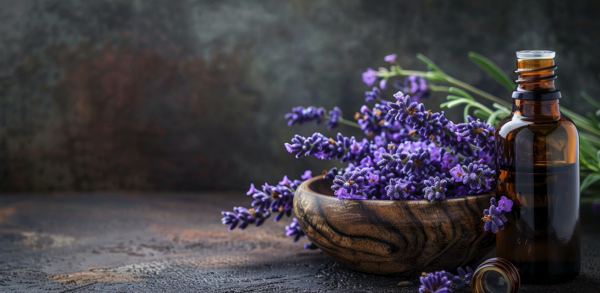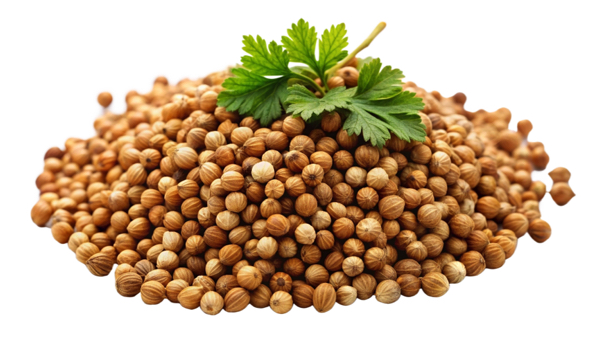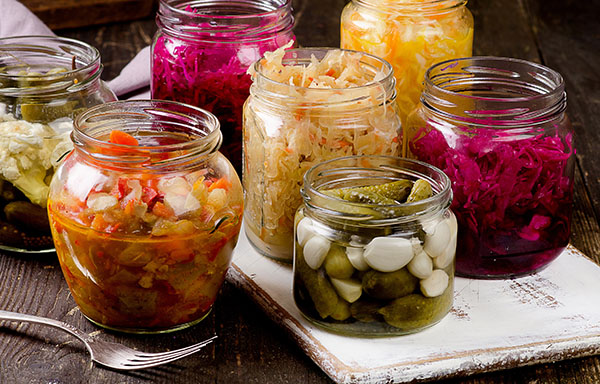
Sugars and osmotic effect
Glucose, fructose and other simple sugars make up around 80 percent of honey's composition. These sugars contribute to honey's high osmotic pressure, which draws out moisture from wounds – preventing bacterial growth and promoting faster wound healing. This drying effect also cleanses wounds by pulling debris and dead tissue to the surface.Vitamins and minerals
Trace vitamins – vitamin C and B vitamins riboflavin (B2), niacin (B3), pantothenic acid (B5) and pyridoxine (B6) – and minerals (like calcium, magnesium and potassium) found in honey not only support general health but also contribute to tissue repair and wound healing. Vitamin C, for instance, plays a role in collagen production – essential for healing and skin regeneration after injury. The presence of these micronutrients gives honey its nourishing properties when applied topically or consumed.Amino acids
Lysine, phenylalanine and proline are amino acids in honey that stimulate cell growth – promoting wound healing and rebuilding tissues. Proline, in particular, is essential in collagen formation, which helps repair connective tissues and repair damaged skin.Enzymes
When honey comes into contact with body fluids, an enzyme called glucose oxidase reacts with oxygen and water to produce small amounts of hydrogen peroxide. This acts as a mild antiseptic – disinfecting wounds and killing harmful bacteria. The hydrogen peroxide generated is less aggressive than synthetic antiseptics – allowing it to clean without damaging healthy tissues.Flavonoids and phenolic compounds
Chrysin, galangin, kaempferol, pinocembrin and quercetin have been identified as key potent antioxidants in honey, which neutralize harmful free radicals – reducing oxidative stress that can damage cells. Their anti-inflammatory effects help minimize tissue swelling, promote repair and support the body's defense mechanisms. Darker varieties of honey, such as buckwheat honey, are especially rich in these compounds, which are linked to cancer prevention, heart health and overall cellular protection.Methylglyoxal (MGO) and unique Manuka factor (UMF)
MGO is a compound found in high concentrations in Manuka honey, particularly from New Zealand. Unlike the hydrogen peroxide in most kinds of honey, MGO in Manuka honey provides a unique, non-peroxide antimicrobial action that is highly effective against resistant bacteria, such as Staphylococcus aureus and Helicobacter pylori. Manuka honey's UMF rating reflects its potency – with higher ratings indicating stronger antibacterial activity.Organic acids
Gluconic acid lowers the pH of honey, giving it an acidic nature (typically between 3.2 and 4.5). This acidity inhibits bacterial growth, making honey an effective antimicrobial agent. The combination of a low pH and hydrogen peroxide production is why honey can clear infections in wounds while also promoting healing.Phytonutrients
Honey contains various phytonutrients that come from the plants bees visit during nectar collection. These phytonutrients (plant-derived compounds) give honey its immune-boosting properties, supporting the body in fighting illnesses and infections, including bacterial, fungal and viral pathogens.Propolis
Although not a component of all types of honey, propolis is sometimes present in small amounts. Propolis – a sticky substance made by bees from beeswax and tree resin, used to seal and protect their hives – is rich in bioactive compounds that provide additional antibacterial, antifungal and anti-inflammatory effects. It enhances honey's wound-healing potential and supports immune function. It is often used in health supplements. Read more stories like this at Remedies.news. Watch this video that talks about honey as medicine. This video is from the Natural News channel on Brighteon.com.More related stories:
Honey: An amazing superfood with many health benefits. The ANTIBACTERIAL potency of honey: a natural alternative to prescription antibiotics. Honey: The ultimate survival food that doesn't expire.Sources include:
CoffeeAndChristShop.com PMC.NCBI.NLM.NIH.gov Brighteon.comModifiable risk factors that increase your dementia risk and how to address them
By Olivia Cook // Share
DMSO: the ivermectin-like miracle solution for strokes, neurological damage
By Ethan Huff // Share
Hyssop essential oil: Ancient healing herb in modern form
By Olivia Cook // Share
The ultimate guide to long-term food storage: What you need to know
By HRS Editors // Share
This humble food extract puts bone drugs to shame
By News Editors // Share
An invisible assault: How everyday heavy metals sabotage brain health
By willowt // Share
Pentagon warns of China's rapidly expanding nuclear arsenal
By kevinhughes // Share
FCC grounds new Chinese drones in sweeping security move
By avagrace // Share
The methylation switch: Scientists identify diet that can turn back the cellular clock
By jacobthomas // Share
Renaissance or Ruin: A wake-up call for cultural revival and self-sufficiency
By kevinhughes // Share
Weight loss in midlife may trigger brain inflammation, study finds
By avagrace // Share











